How to Read a Tape Measure in Inches and Fractions!
- Craig Migliacco

- Jul 30
- 5 min read
When teaching students how to use and read a tape measure for the first time, I have a go-to set of items to facilitate the training. I use 13 pieces of wood with 26 measurements labeled A-Z. Each piece has two letters, one for each dimension to be measured. I then give each student a fraction layout sheet for an inch and another sheet that they can write their answers on for each letter measured, A through Z.
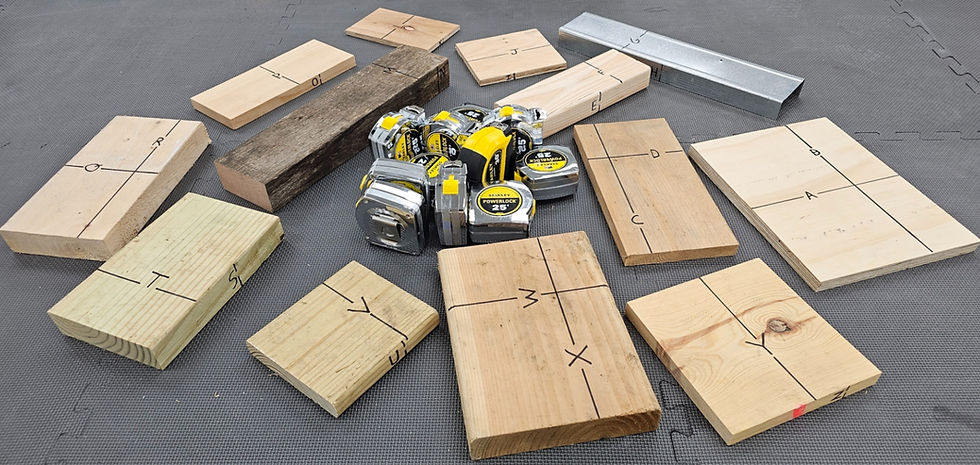
I explain the 1/2", 1/4", 1/8" and 1/16" fractions, full one inch measurements, and that the front of tape must be extended and pulled tight for an accurate measurement. I mention that there are 16 increments for each inch so each increment equals 1/16". 2/16" can be simplified to 1/8", 4/16" can be simplified to 1/4", and 8/16" can be simplified to 1/2". As the increments are simplified, there is a longer line as the visual indicator on the tape measure. For instance, the indicator line for the increment 1/8" is a longer line than 1/16".
However, here is the harder or more confusing part. Many technicians in the construction trades communicate with the lowest fraction being an 1/8". Because of this, apprentices may hear things like 3/8" heavy or 1/2" light instead of 7/16". A "heavy" is 1/16" higher and a "light" is 1/16" lower than the stated measurement. Anyway, I tell them that 7/16", 3/8"H, and 1/2"L are all correct and that it is important to be accurate, regardless of the way it is communicated. Also, heavy and light termed measurements are more commonly used in carpentry than HVACR. I just want the students to be aware of this.
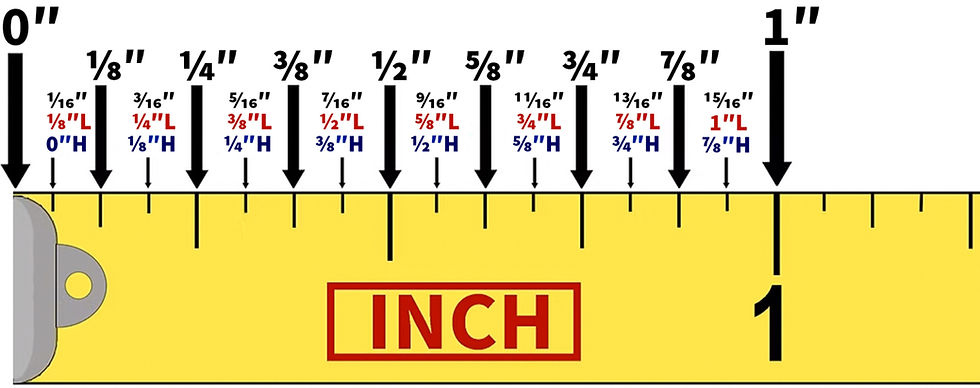
Back to the teaching at the shop table with the wooden pieces! I measure 3 lettered sections on the wood, questioning on each example, what they think the measurement is. I make sure the students have the correct answer for each before moving on. After this, I let them off on their own, measuring and writing down their measurements, and passing each block of wood to each other. I make sure this is all done on one big table with the students in a circle so I can monitor to make sure no one is cheating or struggling. I come along side any student that I notice is having a hard time and work things through with them, questioning and guiding.
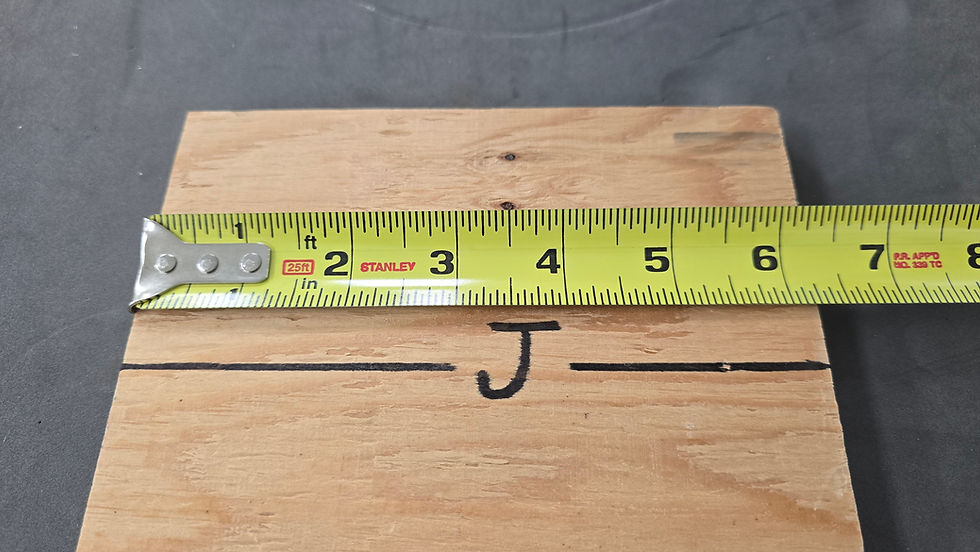
For teachers, it is important that we don't just give the answers but that the student struggles, desires the answer, and for us to help guide them along to success. Believe it or not, that struggle is the one thing that will lock this exercise into each student's mind for the future. It will help them remember how to solve the problem.
As the students are still finishing, some will be done early. Challenge those who are complete with other tasks such as how to measure the ceiling or to see how far they can pull out their tape measure horizontally before it collapses and falls.
Next, have each student grade their own sheet as you read aloud the answers. As you go, you can question and describe the dimensional name of each type of wood that you selected and why it has the dimensional name when the measurement does not actually match like a hem fir 2 x 6", or a pressure treated 2 x 8". We include other pieces such as 1/2" plywood and metal studs in this exercise so not only are they learning about measurements but common building supplies as well! After this, collect the sheets so you can see who may need additional help with measurements at a later date. (However, the goal is to move around and help each student during the exercise.)
Next, have some fun with the whole group like showing them how to measure a high point by bending the tape and having the end remain on the floor as you feed the tape upwards.
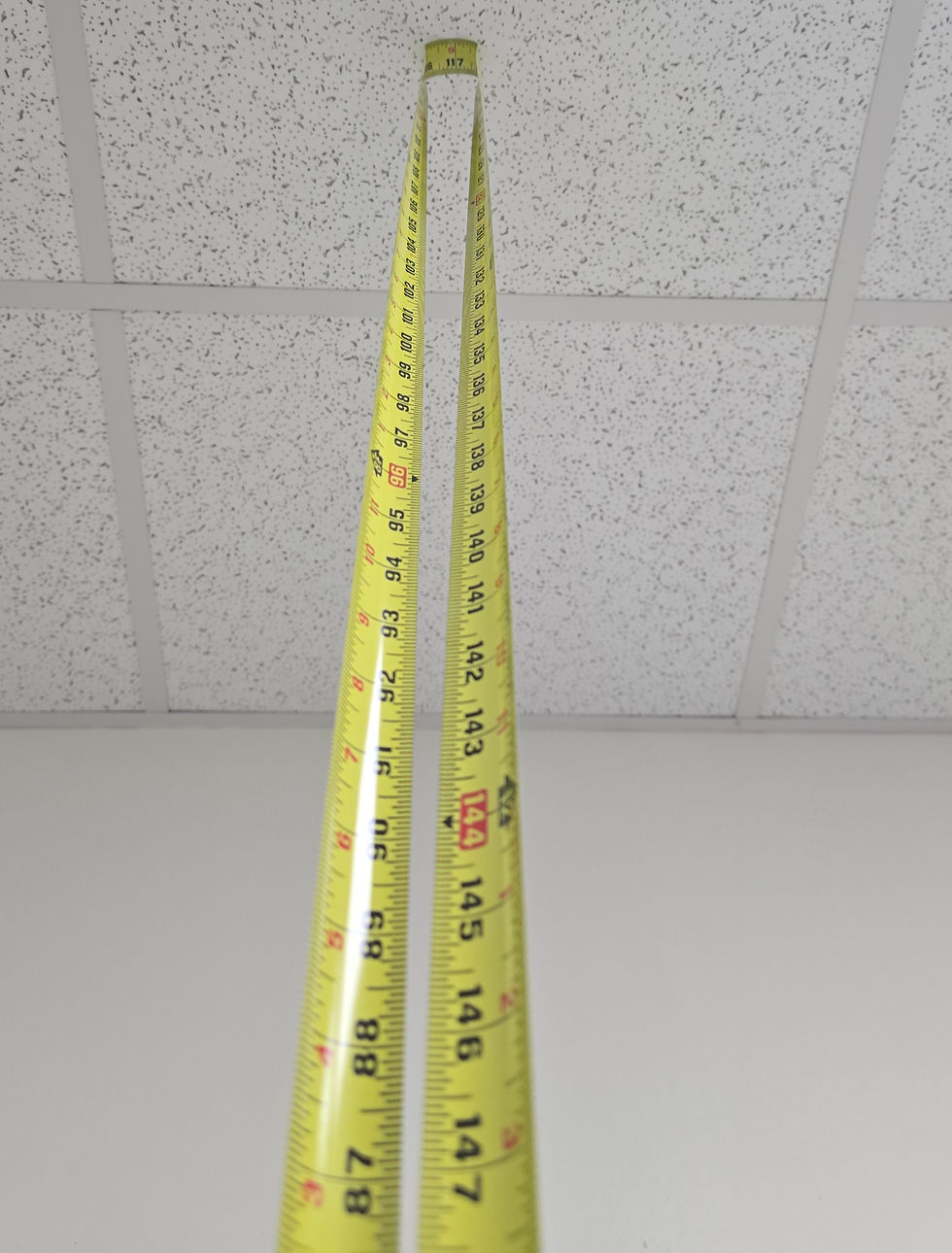
Challenge the students to see who can pull their tape measure out the farthest without it falling on the ground. Spoiler-alert, the one who usually wins is the one who rests the tape across multiple tables and gets all the way to 25' long with a 25' tape measure! Have fun with this and have your students learn skills while challenging them! Let them struggle safely through processes, joke, and compliment the successes, because they will retain the process!
You can keep your 13 pieces of wood, tape measure fraction sheet, and worksheet in a single 5 gallon bucket for easy storage for the next class!
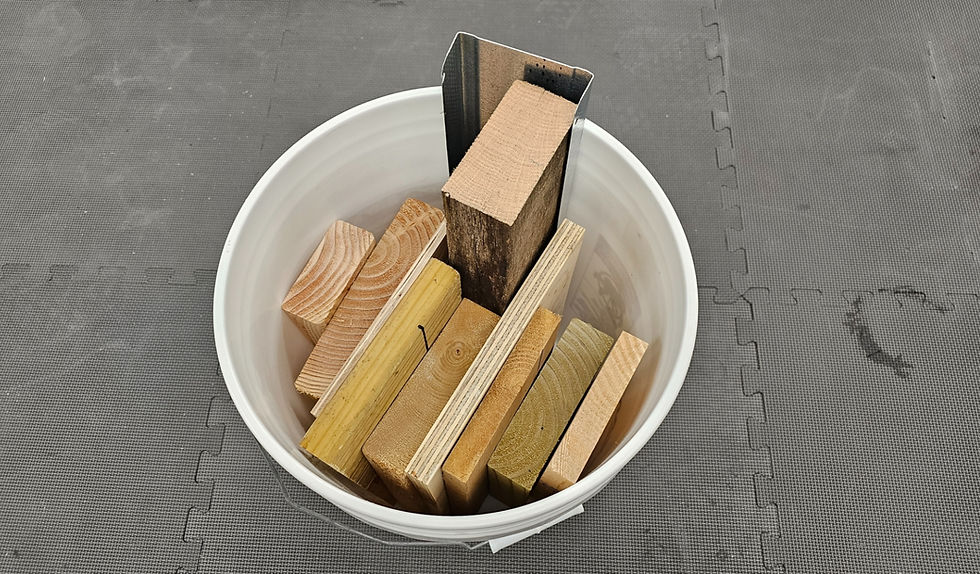
Below are some tape measurement example questions with the first couple questions being easier followed by ones that are a bit harder since they land on 1/16" measurements. In the following examples, determine the correct measurement. Pan down a little more to see each answer! Example #1: Determine the total measurement in inches including the fraction.

Answer for Example #1:
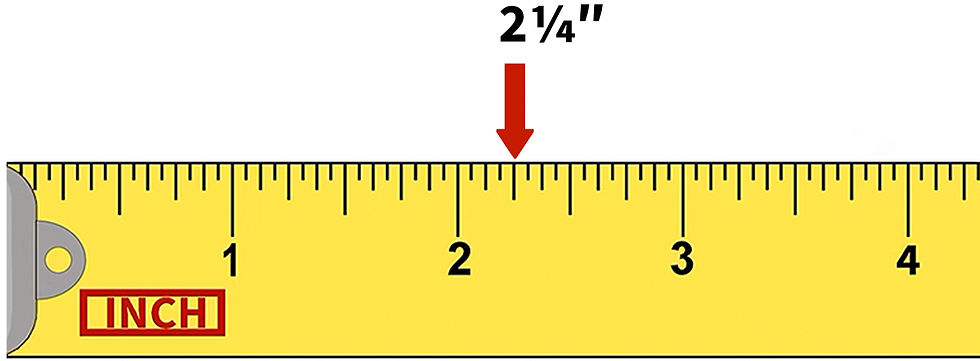
Example #2: Determine the total measurement in inches including the fraction.

Answer for Example #2:
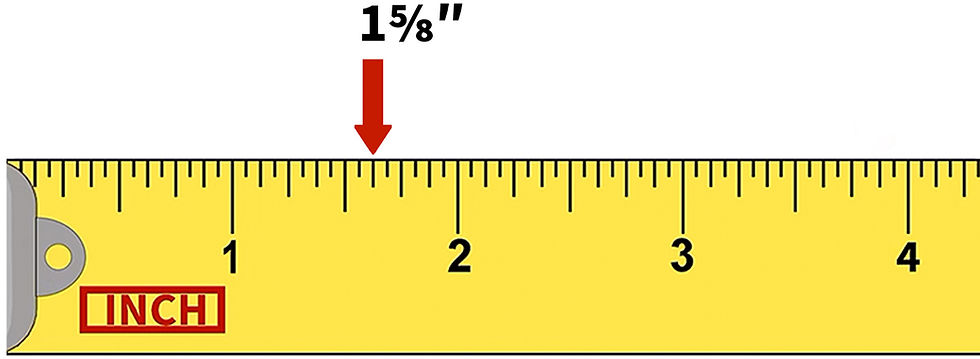
Example #3: Determine the total measurement in inches including the fraction.

Answer for Example #3:
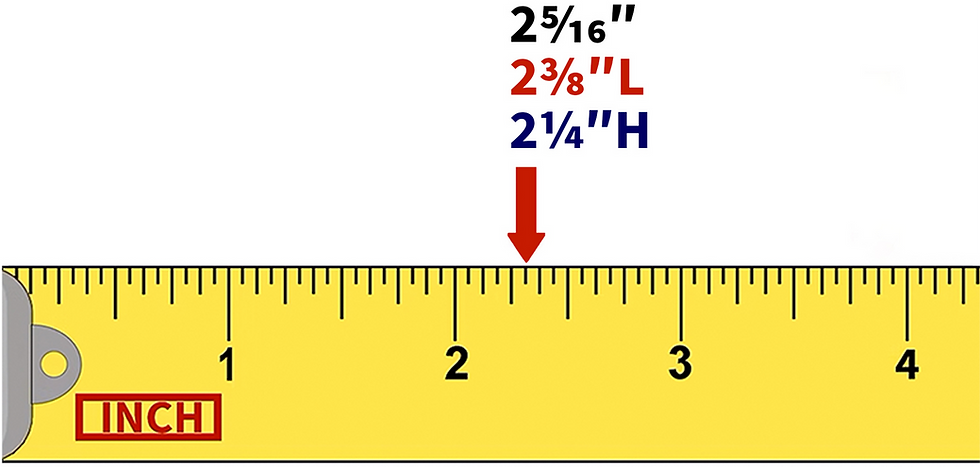
Example #4: Determine the total measurement in inches including the fraction.

Answer for Example #4:
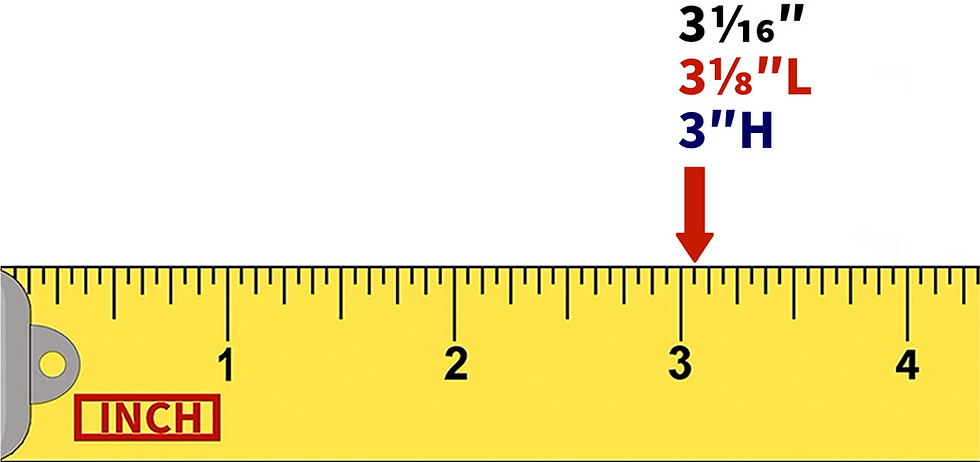
Example #5: Determine the total measurement in inches including the fraction.

Answer for Example #5:

Example #6

Answer for Example #6:
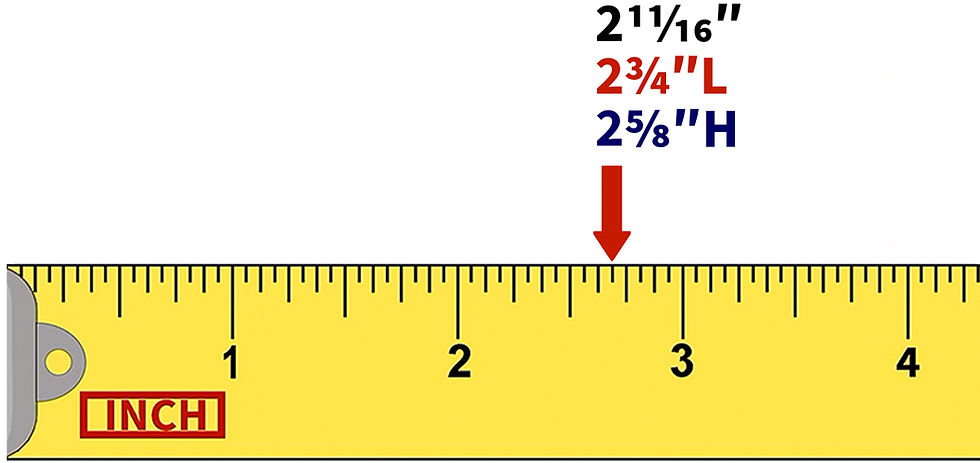
Example #7

Answer for Example #7:
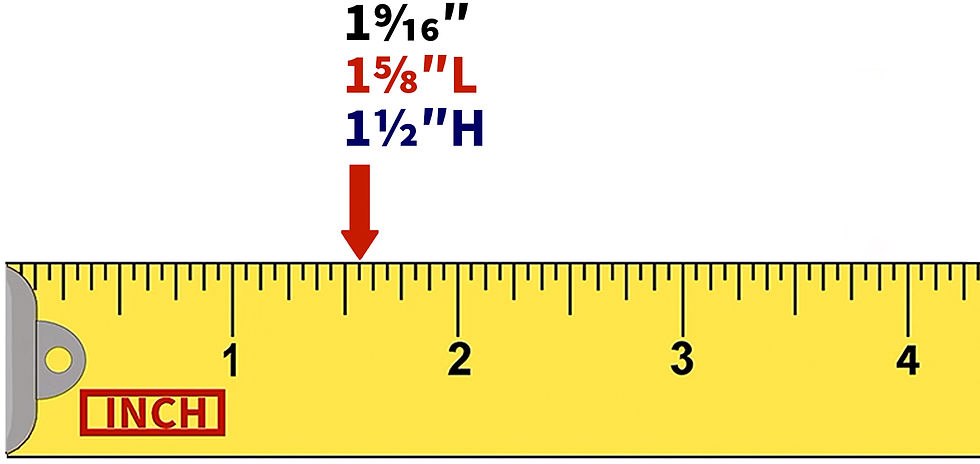
Check out our free Quizzes to test your knowledge here!
Check out our Free Calculators here!
If you want to learn about inverter mini split systems, check out our "Inverter Mini Split Operation and Service Procedures" book!
If you want to learn about refrigerants and how they work in a system, check out our
“2nd Edition, Refrigerant Charging and Service Procedures for Air Conditioning” book . This book includes over 450 images on 344 pages and is updated with the latest information on a variety of HVAC procedures and refrigerants!
Bundle Packs are a great way to save and get faster shipping!
Published: 7/30/2025 Author: Craig Migliaccio

About the Author: Craig is the owner of AC Service Tech LLC and the Author of the book “Refrigerant Charging and Service Procedures for Air Conditioning”. Craig is a licensed Teacher of HVACR, Sheet Metal, and Building Maintenance in the State of New Jersey of the USA. He is also an HVACR Contracting Business owner of 17 years and holds an NJ HVACR Master License. Craig creates educational HVACR articles and videos which are posted at https://www.acservicetech.com & https://www.youtube.com/acservicetechchannel










.png)








I had the opportunity to interact with Frigidaire's customer service regarding an issue with my appliance, and I must say the experience was commendable. The representatives were not only knowledgeable but also exhibited a genuine willingness to assist, find customer service contacts on https://frigidaire.pissedconsumer.com/customer-service.html . They addressed my concerns promptly and provided clear guidance, which made the resolution process seamless. Overall, I found their customer service to be efficient and professional, reflecting positively on the Frigidaire brand.